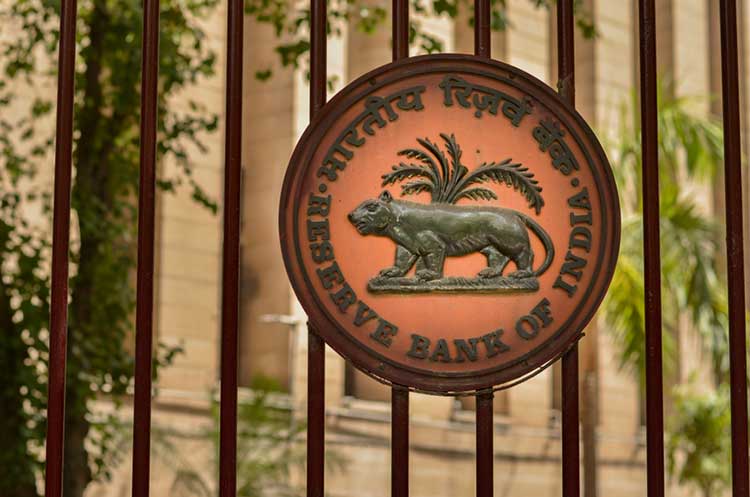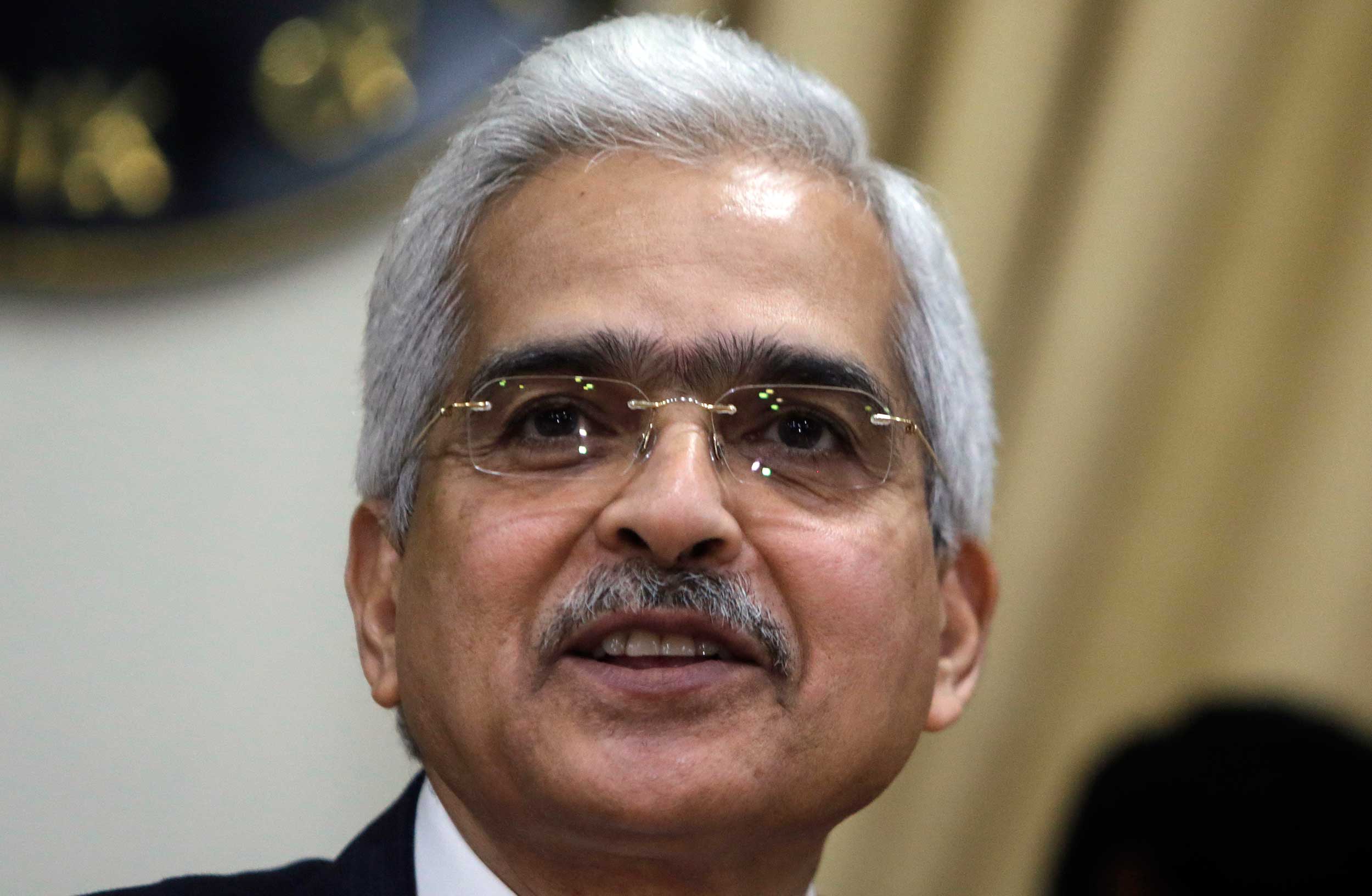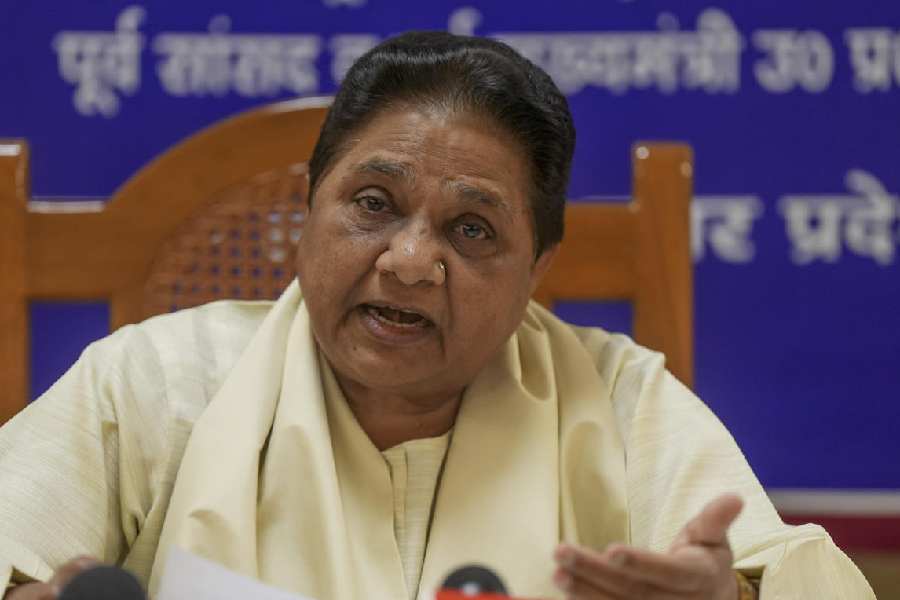The Reserve Bank of India has reduced its main policy instrument, the repo rate, by 40 basis points to 4 per cent. This is the lowest level of the repo rate in a very long time. Along with this announcement, the RBI has also extended the moratorium on loan repayment for a further period of three months. This is a decision that the RBI took before the usual time of reviewing monetary policy, which is due in the first week of June. One thing is quite clear: the Centre and the RBI together believe that monetary stimulus is likely to be more effective in kick-starting the economy than fiscal measures. Hence, in the last two months, the RBI has taken numerous measures to make credit cheap and easily available. The fact that it is trying very frequently to bring in newer measures may also imply that its interventions are not delivering the desired green shoots.
There are two reasons for this. The first is that aggregate demand needs to be boosted before the demand for credit — both working capital and investment expenditures — goes up. Unless a firm sees that demand is picking up, it will not borrow to produce more. Hence bankers, even when willing, may find it difficult to find reliable borrowers who will not take the money and run. Bankers are supposed to reduce interest rates charged on loans because the benchmark rate for borrowing has been reduced. However, the RBI cannot force the banks to do so. Quite often, bankers find that pushing cheap loans can lead to an adverse selection of borrowers and the loans are very likely to become non-performing assets. Banks then realize that the risk of doing business is going up. Therefore, they add risk premiums on the base rates, and the actual interest rates do not come down perceptibly. On deposits, however, banks quickly reduce interests following the RBI. Hence, fixed deposits earn less than before, adding to the woes of the retired senior citizens dependent on interest income. Finally, banks may go ahead and lend to the micro, small and medium enterprise sector at a low rate without collaterals since the Government of India has provided a guarantee to the banks protecting future loss. Bankers, especially those running private banks, may be a bit wary about government promises, and whether the guarantee will not result in a cost-sharing arrangement between the government and the banks if defaults become substantial going forward.













